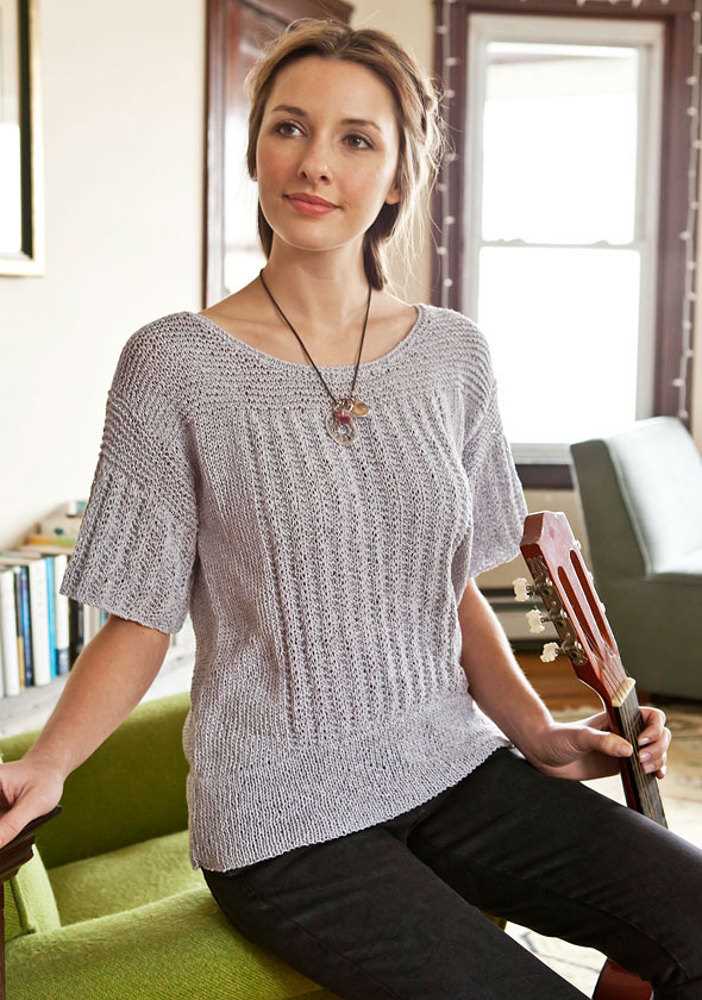
If you’re looking for a comfortable and stylish addition to your wardrobe, a loose knit top is a perfect choice. Whether you’re a knitting novice or an experienced crafter, this versatile garment is easy to make and can be customized to suit your personal style.
A loose knit top is a great project for beginners because it doesn’t require a lot of complicated techniques or intricate stitch patterns. With just a few basic knitting skills, you can create a beautiful and cozy top that you’ll love to wear. Plus, with so many different yarns and colors to choose from, the possibilities for customization are endless.
When making a loose knit top, one of the most important things to consider is the fit. A loose-fitting garment can be flattering and comfortable, but it’s essential to get the proportions right. By following a pattern or making adjustments to fit your measurements, you can create a top that drapes beautifully and flatters your figure.
Whether you’re dressing up for a night out or enjoying a casual day at home, a loose knit top is a versatile addition to any wardrobe. With just a little bit of time and effort, you can create a stylish and comfortable garment that you’ll love to wear again and again.
What Is a Loose Knit Top Pattern?
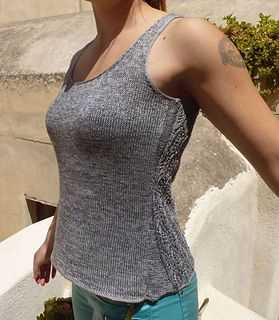
A loose knit top pattern refers to a knitting pattern that is designed to create a top or garment with a loose and relaxed fit. These patterns typically feature larger needle sizes and lightweight yarns to create an open and airy fabric. The loose knit creates a drapey effect, giving the garment a casual and comfortable feel.
One key characteristic of a loose knit top pattern is the use of stitches or stitch patterns that create an openwork design. This could include lace motifs, dropped stitches, or eyelet patterns. The openwork allows for increased breathability and gives the top a feminine and delicate look.
Loose knit tops are versatile and can be worn in various seasons, depending on the choice of yarn and sleeve length. In warmer months, lightweight cotton or linen yarns are commonly used to create a breathable and cool garment. In colder months, thicker yarns such as wool or alpaca can be used to create a cozy and warm top.
Another advantage of a loose knit top pattern is that it is relatively easy and quick to knit. The larger needle size and openwork design result in a project that progresses rapidly. This makes it a great option for knitters of all skill levels, from beginners to experienced knitters looking for a satisfying and enjoyable project.
Overall, a loose knit top pattern offers knitters an opportunity to create a comfortable and stylish garment with an open and relaxed fit. Whether you prefer a casual beachy look or a romantic lace design, there are countless patterns available to suit your style and skill level.
Understanding the Basics
In the world of knitting, understanding the basics is crucial for creating a loose knit top. Whether you’re a beginner or an experienced knitter, it’s important to have a solid grasp of the fundamental techniques and concepts involved in knitting a loose knit top pattern. This will ensure that you are able to follow the pattern accurately and achieve the desired result.
Choosing the right yarn is one of the first steps in knitting a loose knit top. The type of yarn you use will greatly affect the final look and feel of your project. For a loose knit top, it’s best to choose a lightweight and breathable yarn such as cotton or linen. These natural fibers will provide the desired drape and ensure that the top is comfortable to wear.
Selecting the appropriate needle size is another important aspect of knitting a loose knit top. The needle size will determine the tension and overall appearance of your stitches. For a loose knit, you may need to go up a couple of needle sizes to achieve the desired gauge and create an open and airy fabric.
- Casting on: The first step in any knitting project is to cast on. This is the process of creating the foundation row of stitches on your needles.
- Knit and purl stitches: These are the basic stitches used in knitting. The knit stitch creates a smooth “V” shape, while the purl stitch creates a bumpy texture.
- Increasing and decreasing: These techniques are used to change the number of stitches in a row. Increasing adds stitches, while decreasing removes stitches to shape the fabric.
- Binding off: This is the final step in knitting, where you remove the stitches from your needles to create a finished edge.
By understanding and mastering these basic techniques, you will be well-equipped to tackle a loose knit top pattern. With practice and patience, you’ll be able to create a beautiful and comfortable garment that you can proudly wear.
The Benefits of Loose Knit Tops
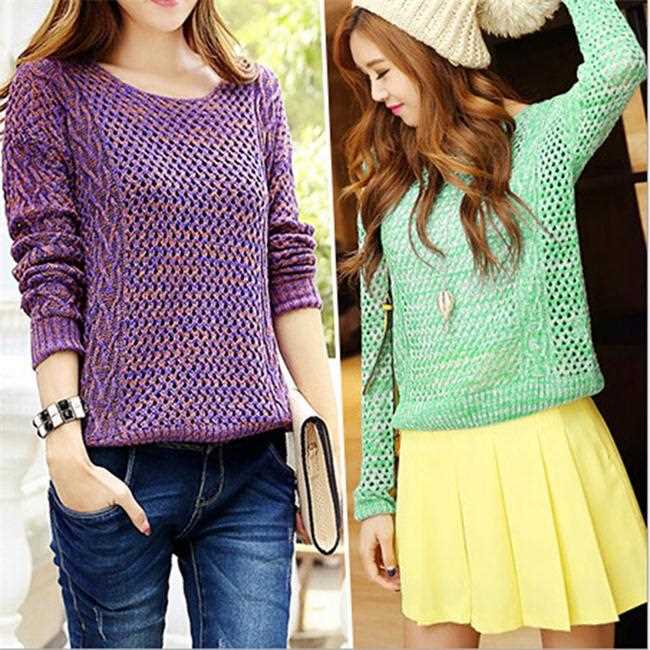
Loose knit tops are a popular choice for many people due to their various benefits. Whether you are looking for comfort, versatility, or style, a loose knit top can be a great addition to your wardrobe.
Comfort: Loose knit tops are typically made from soft and breathable materials, such as cotton or linen. This makes them incredibly comfortable to wear, especially during warm weather. The loose fit allows for ample airflow, keeping you cool and comfortable throughout the day. Additionally, the stretchiness of the knit fabric provides freedom of movement, making these tops perfect for everyday wear.
Versatility: One of the greatest benefits of loose knit tops is their versatility. They can be easily dressed up or down depending on the occasion. Pairing a loose knit top with jeans and sneakers creates a casual and effortless look, while pairing it with a skirt and heels instantly elevates the outfit for a more formal event. This versatility makes loose knit tops a staple in many wardrobes, as they can easily transition from day to night.
Style: Loose knit tops offer a unique and fashionable look. The loose fit creates a relaxed and effortless aesthetic, perfect for those who prefer a laid-back style. Additionally, the knit texture adds visual interest to the top, making it stand out from basic t-shirts. There are also various knitted patterns and designs available, allowing you to choose a style that suits your personal taste.
Layering: Loose knit tops are also excellent for layering. Their loose fit allows for easy layering with other clothing items, such as cardigans, jackets, or scarves. This makes them suitable for different seasons and provides you with endless styling options. Whether you want to add extra warmth or simply create a more visually appealing outfit, layering with a loose knit top is a great choice.
Casual Elegance: Loose knit tops can offer a casual elegance that is perfect for various occasions. The relaxed fit and soft materials create a comfortable and effortless look, while the knit texture and unique designs add a touch of sophistication. Whether you are going to a casual brunch with friends or a business casual event, a loose knit top can help you achieve a stylish and put-together appearance without sacrificing comfort.
In summary, the benefits of loose knit tops include comfort, versatility, style, layering options, and the ability to achieve a casual elegance. With these advantages, it’s no wonder why loose knit tops are a beloved choice for many fashion-forward individuals.
Choosing the Right Yarn for Your Project
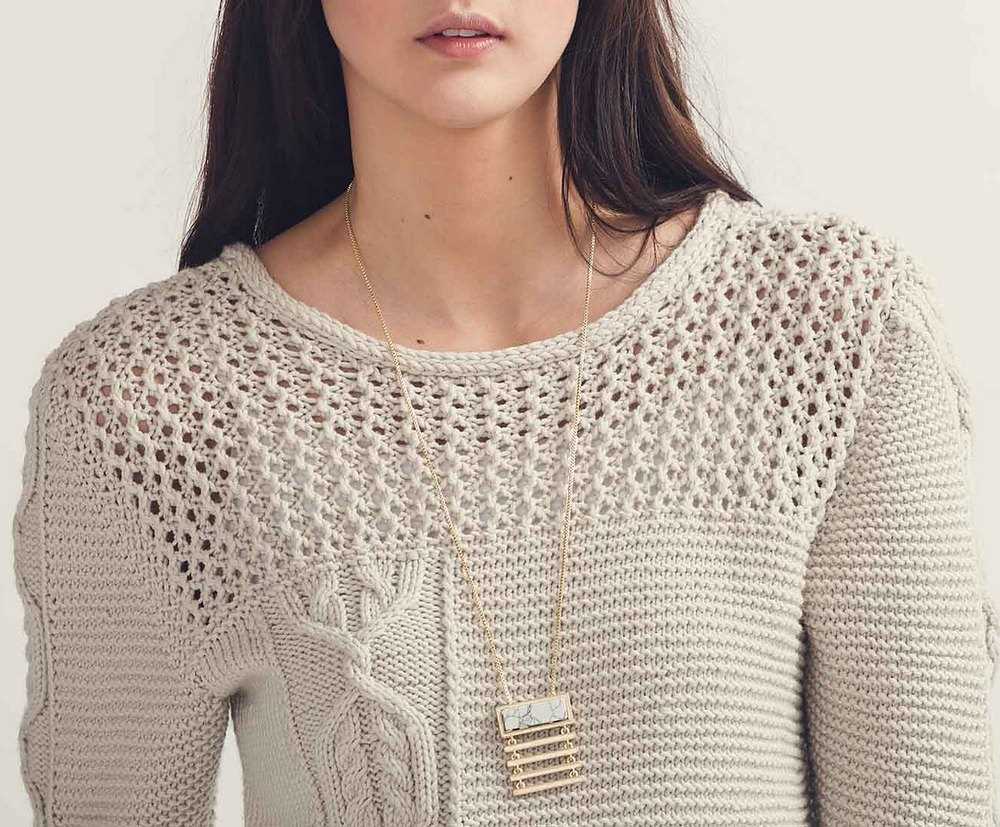
When starting a new knitting project, one of the most important decisions you’ll make is choosing the right yarn. The yarn you choose can greatly affect the final outcome of your project, so it’s important to consider a few key factors before making your selection.
Type of Yarn: There are many different types of yarn available, each with its unique qualities and characteristics. Common types include cotton, wool, acrylic, and blends. Consider the desired drape and texture of your finished project when choosing the type of yarn. For example, if you’re making a loose knit top, you might want to choose a lightweight and breathable yarn like cotton.
Weight and Gauge: Yarn comes in different weights, ranging from lace weight to super bulky. The weight of the yarn will have an impact on the overall look and feel of your project. Consider the recommended gauge for your pattern and choose a yarn that matches it. Using the wrong weight of yarn can result in a project that is either too loose or too tight.
Color and Texture: Another important aspect to consider is the color and texture of the yarn. The color can greatly affect the overall appearance of your project, so choose a color that complements your skin tone or matches your personal style. Additionally, consider the texture of the yarn and how it will work with your chosen pattern. A textured yarn can add interest and dimension to your project.
Budget: Lastly, consider your budget when choosing a yarn. Different yarns come at different price points, so determine how much you’re willing to spend on your project. Keep in mind that investing in a higher-quality yarn can result in a project that lasts longer and looks better.
By considering these factors and taking the time to choose the right yarn for your project, you can ensure that your finished piece turns out exactly how you envisioned it. Remember to also consult your knitting pattern for any specific yarn requirements before making your final decision.
Essential Tools and Materials

When it comes to knitting a loose knit top, there are a few essential tools and materials that you will need. These tools will help you create a beautiful and comfortable top that you can wear with confidence.
Knitting Needles
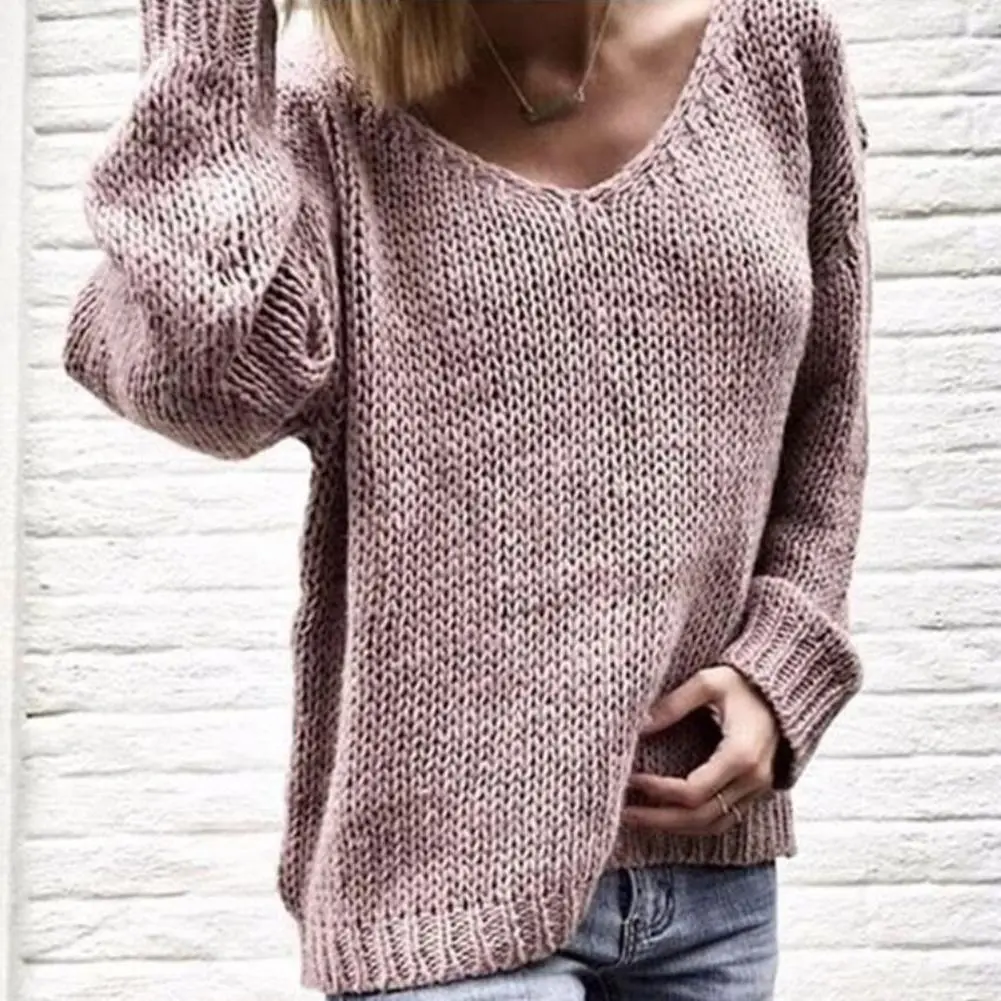
One of the most important tools you will need is a pair of knitting needles. The size of the needles will depend on the pattern you are using for your loose knit top. It is always a good idea to have a few different sizes on hand, as this will allow you to adjust the tension and achieve the desired gauge.
Yarn
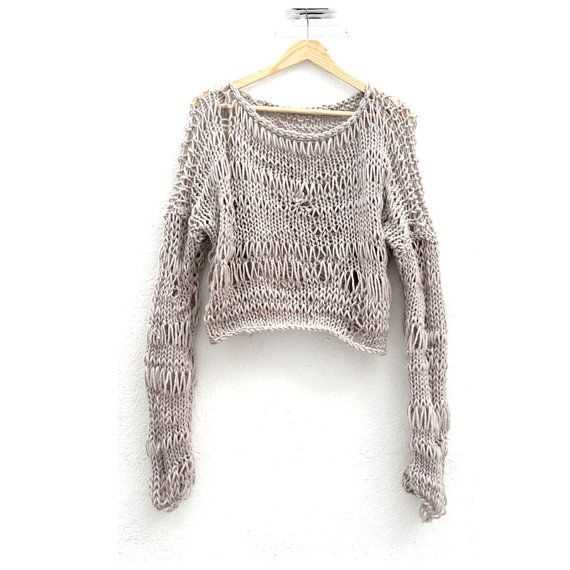
Choosing the right yarn is essential for creating a loose knit top that is both comfortable and stylish. Look for a yarn that is lightweight and has good drape. Cotton, linen, and bamboo yarns are great options for loose knit tops, as they are breathable and perfect for warm weather.
Tape Measure
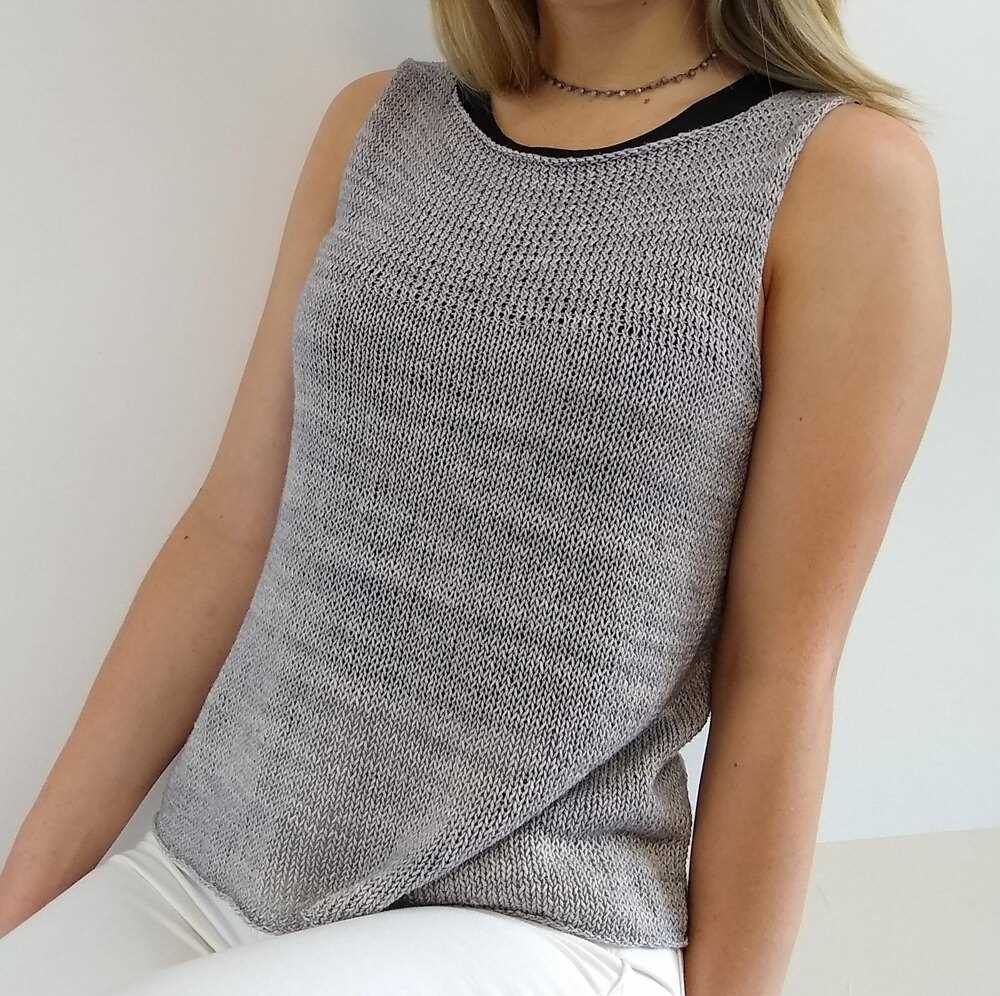
A tape measure is an essential tool for knitting, as it allows you to measure your progress and ensure that your top will fit perfectly. When knitting a loose knit top, it is important to take accurate measurements to achieve the desired fit and drape.
Stitch Markers
Stitch markers are small plastic or metal rings that are used to mark specific stitches in your knitting. They are especially useful when knitting a pattern that requires shaping or when working with multiple stitch patterns. Stitch markers help you keep track of your progress and ensure that you are following the pattern correctly.
Tapestry Needle
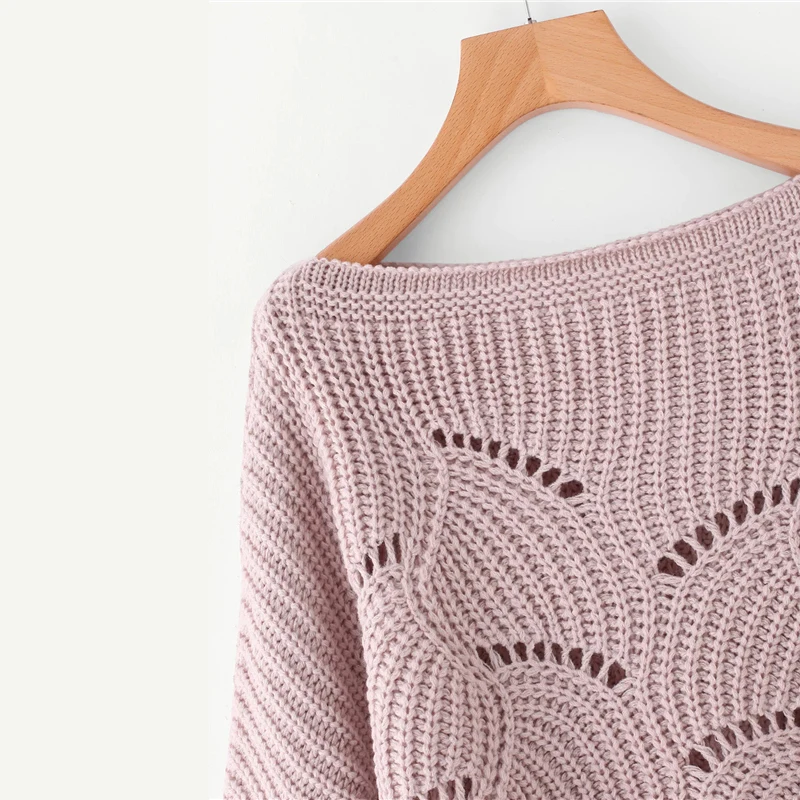
A tapestry needle is used to weave in loose ends and sew seams together. It is an essential tool for finishing your loose knit top and giving it a polished look. Make sure to choose a needle that is the appropriate size for your yarn, as this will make the sewing process much easier.
- Knitting Needles
- Yarn
- Tape Measure
- Stitch Markers
- Tapestry Needle
Getting Started: Casting On
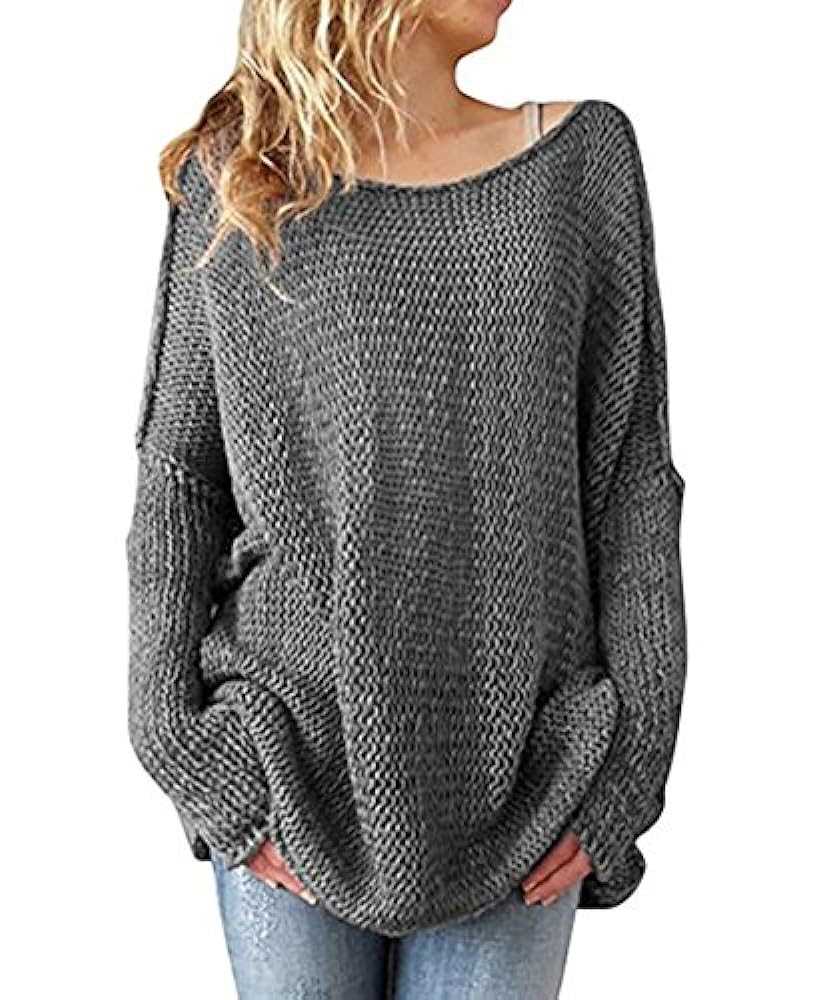
When beginning a knitting project, the first step is to cast on. Casting on is the process of creating the first row of stitches on the needle. It is essential to cast on correctly, as it sets the foundation for the entire project.
There are several methods for casting on, but one common technique used for loose knit tops is the long-tail cast on. To begin, you will need a long length of yarn, approximately three times the width of your finished project, to create the foundation row of stitches.
To cast on using the long-tail method, start by making a slipknot at the end of your yarn. Place the slipknot onto one needle, with the tail of the yarn on the right side and the working yarn on the left side. Hold the needle with the slipknot in your right hand and the other needle in your left hand.
Next, insert the left needle into the slipknot from front to back, creating a loop around the needle. With the working yarn in your left hand, bring it over the left needle from back to front. Use the right needle to catch the working yarn and pull it through the loop on the left needle.
Continue this process of inserting the left needle into the loop, wrapping the yarn around the left needle, and pulling it through to create a new loop on the right needle. Repeat until you have cast on the desired number of stitches for your project.
Once you have cast on all the stitches, you are ready to start knitting your loose knit top. The cast on edge will become the bottom of your garment, so it’s important to make neat and even stitches. Take your time and practice this essential step to ensure the success of your knitting project.
Knitting the Body: Stitch Patterns and Increases
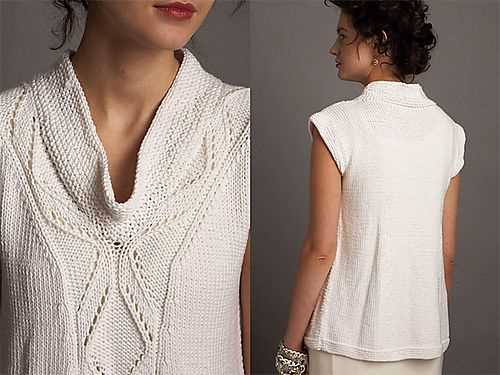
When knitting a loose knit top, the body of the garment is an important element to consider. The stitch pattern used can greatly impact the overall look and drape of the top. There are endless stitch patterns to choose from, ranging from simple to intricate designs. One popular stitch pattern for a loose knit top is the “seed stitch.” This stitch pattern creates a textured fabric with small, alternating knit and purl stitches, resulting in a lovely and delicate texture.
As you knit the body of the top, increases are necessary to create the desired shape and fit. Increases can be done in various ways, such as yarn overs, make one (M1) stitches, or increasing within the stitch pattern itself. Yarn overs are simple and create a small hole or eyelet in the fabric, which can add a decorative touch. Make one (M1) stitches are subtle increases that are nearly invisible in the fabric, making them a great option for maintaining the integrity of the stitch pattern. If you prefer to incorporate increases directly into the stitch pattern, you can use techniques such as “knit front and back” (KFB) or “knit into the front and back of the same stitch” (K1b).
When deciding on a stitch pattern and increase method, it’s important to consider the overall style and desired fit of the top. A loose knit top may benefit from a stitch pattern that provides some structure and stability, while still allowing for a comfortable and airy feel. Experimenting with different stitch patterns and increase methods can help achieve the desired look and fit. Whether you choose a classic seed stitch or opt for a more intricate lace pattern, the body of your loose knit top is an opportunity to add personality and creativity to your project.
Shaping the Neckline
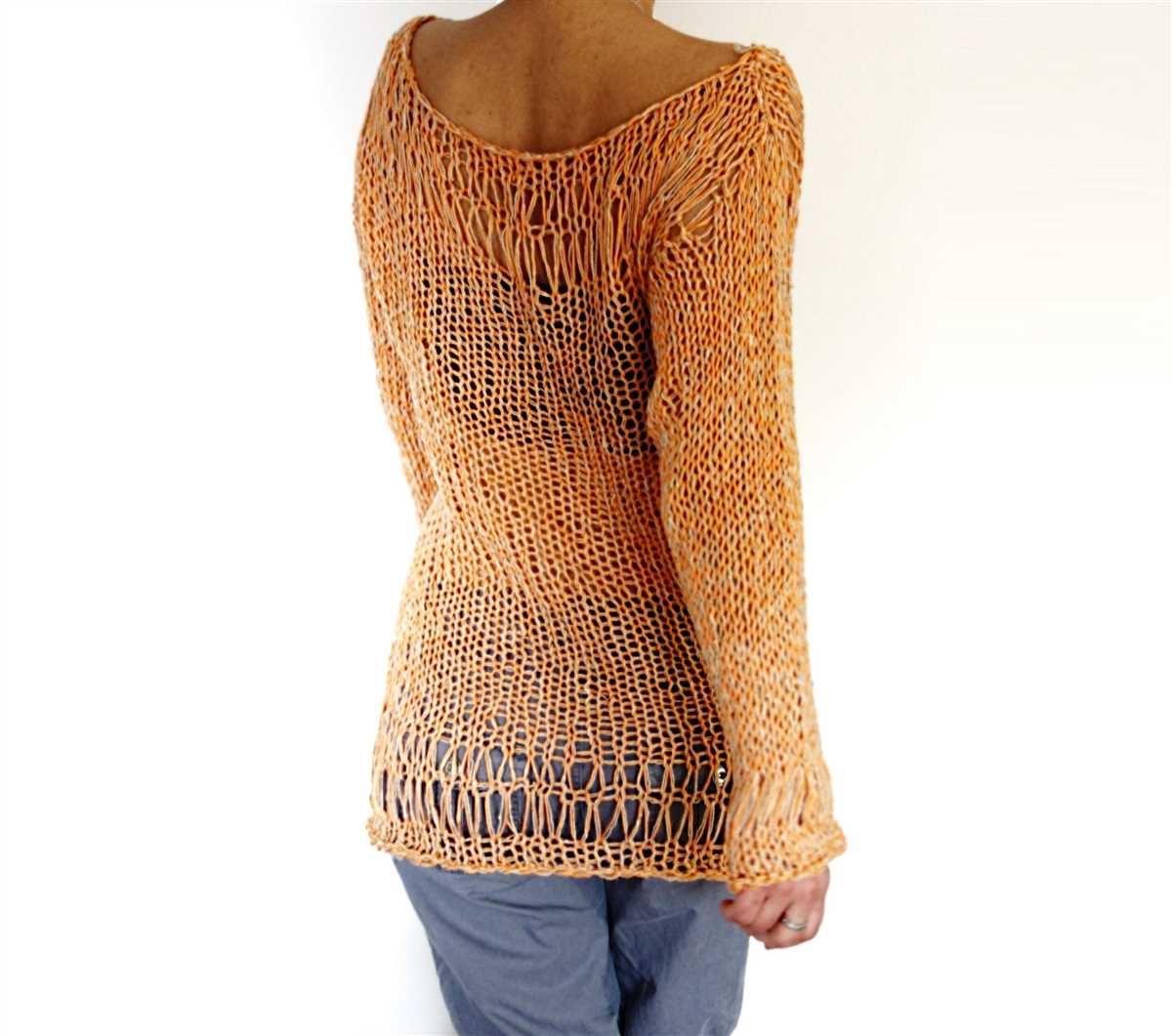
The neckline is an important feature in any loose knit top pattern as it frames the face and adds visual interest to the garment. There are several techniques you can use to shape the neckline and create different styles.
1. V-Neck: To create a V-neckline, you can start by decreasing stitches at the center front of the neckline. This can be done by knitting or purling two stitches together, or by slipping stitches. The number of decreases and the rate at which they are done will determine the depth of the V-neckline.
2. Scoop Neck: A scoop neckline is created by gradually increasing stitches at the center front of the neckline. This can be achieved by knitting or purling into the same stitch, or by using yarn overs. The number of increases and the rate at which they are done will determine the roundness and width of the scoop neckline.
Another way to shape the neckline is by using short rows. This technique involves knitting or purling a certain number of stitches and then turning the work before reaching the end of the row. This creates a curve in the neckline, which can be used to create a boat neckline or a more subtle shaping.
When shaping the neckline, it’s important to consider the overall design of the top and how it will fit the wearer. The neckline should be comfortable and flattering, and it should complement the style of the top. Experimenting with different shaping techniques and swatching before starting the project can help you achieve the desired result.
Finishing Touches: Bind Off and Blocking
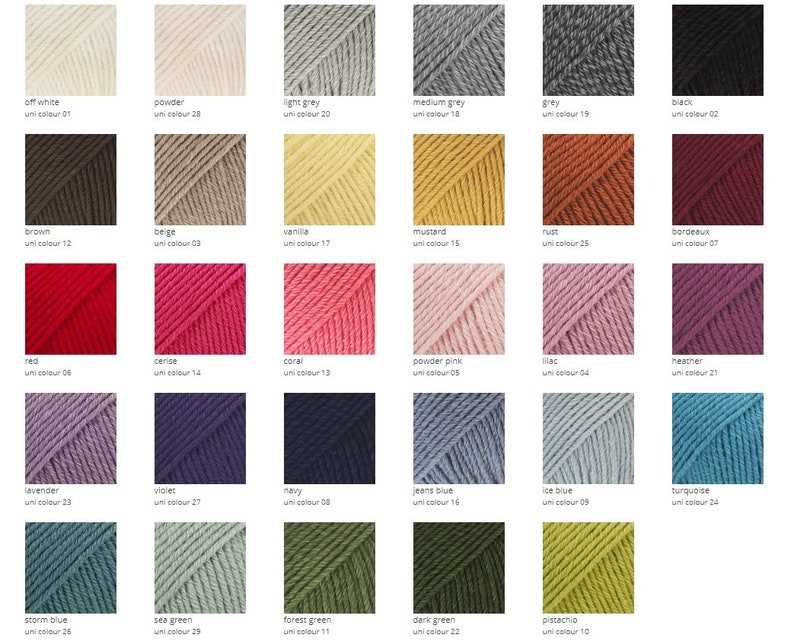
After completing the desired length of your loose knit top, it’s time to finish it off with a bind off. The bind off is an essential step in knitting as it creates a neat edge and prevents the stitches from unraveling. To bind off, simply knit two stitches, then pass the first stitch over the second stitch and off the needle. Repeat this process until all stitches have been bound off.
Blocking your loose knit top is the final step in the knitting process to ensure that it looks its best and retains its shape. Blocking involves gently wetting the knitted piece, then stretching it out and pinning it to the desired measurements. This helps to even out the stitches, relax the fibers, and give the garment a professional finish.
When blocking your loose knit top, follow these steps:
- Fill a basin or sink with lukewarm water and add a small amount of mild detergent.
- Place the knitted piece into the water and gently submerge it, making sure it is fully saturated.
- Let the piece soak for about 20 minutes to allow the fibers to relax.
- Drain the water and gently press out the excess moisture.
- Lay the knitted piece on a clean towel and roll it up, squeezing out any remaining water.
- Unroll the towel and carefully stretch the garment to the desired measurements, making sure to maintain its shape.
- Pin the edges of the garment to a blocking board or other flat surface, using rustproof pins.
- Allow the garment to dry completely before unpinning it.
By carefully binding off and blocking your loose knit top, you can ensure that it fits and looks the way you intended, making it a beautiful addition to your wardrobe.
Customizing Your Loose Knit Top
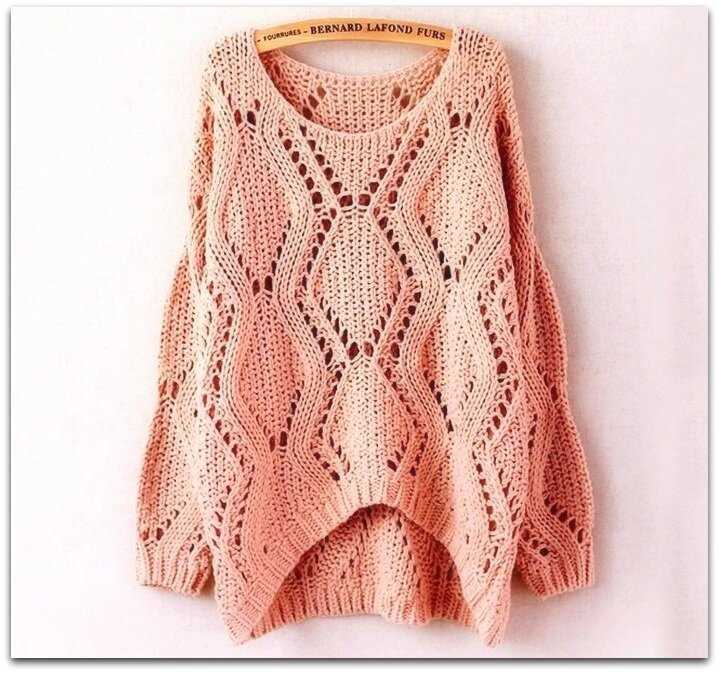
If you have a loose knit top pattern and want to make it your own, there are several ways you can customize it to suit your style and preferences. Here are some ideas to get you started:
1. Adjust the Length
If the original pattern is too long or too short for your liking, you can easily adjust the length to your desired measurement. This can be done by adding or subtracting rows or rounds in the pattern, depending on whether you’re working flat or in the round. Just make sure to keep track of your changes so you can maintain the overall shape and proportions of the top.
2. Experiment with Different Stitches
If you’re feeling adventurous, you can try incorporating different stitches into your loose knit top. This can add texture and visual interest to the garment. For example, you could use a lace stitch pattern for a more delicate and feminine look, or a cable stitch pattern for a cozy and textured effect. Just be sure to swatch and gauge your new stitch pattern before committing to it in your project.
3. Add Embellishments
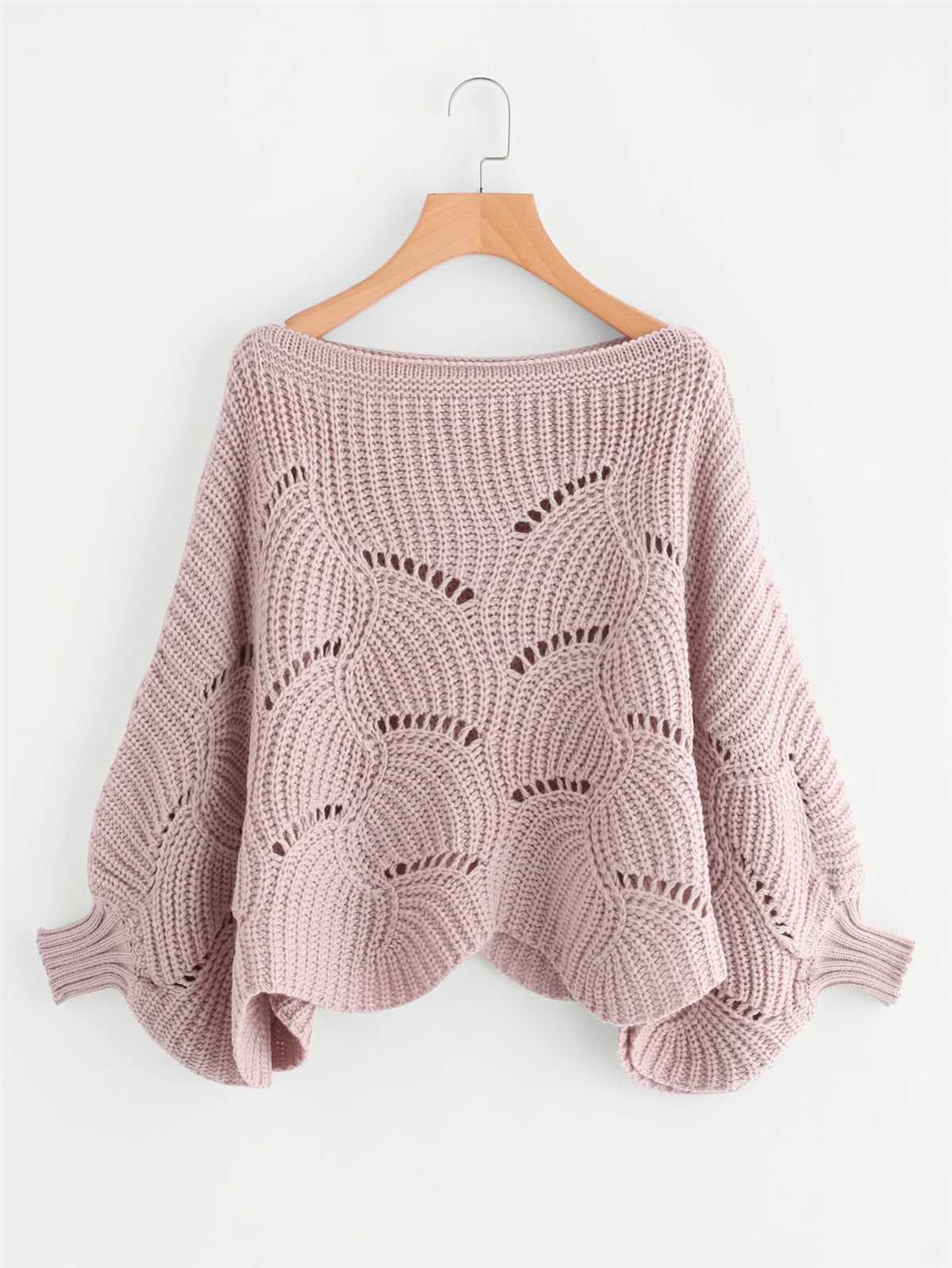
If you want to make your loose knit top truly unique, consider adding embellishments such as beads, buttons, or embroidery. These small details can make a big impact and can help to customize your garment to reflect your personal style. You can place the embellishments strategically on the front, back, or sleeves of the top, or create a pattern or motif with them.
4. Experiment with Yarn Choices
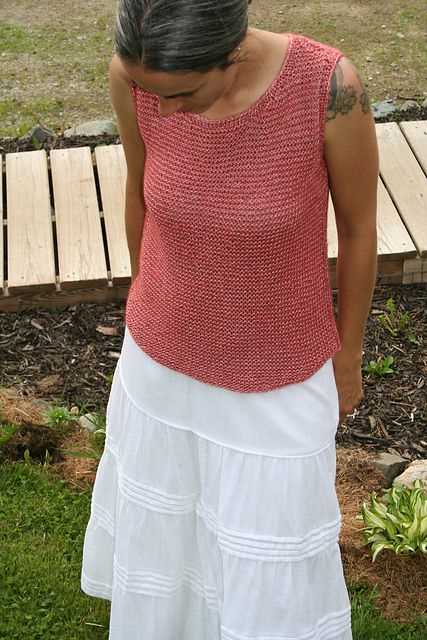
The choice of yarn can greatly affect the drape and overall look of your loose knit top. You can experiment with different yarn weights, fiber compositions, and color combinations to achieve the desired effect. For example, a lightweight cotton yarn will give your top a breezy and summery feel, while a bulky wool yarn will make it more cozy and warm. Play around with different yarn samples and swatches to find the perfect combination for your project.
- Adjust the length
- Experiment with different stitches
- Add embellishments
- Experiment with yarn choices
Tips and Tricks for a Successful Loose Knit Top Project
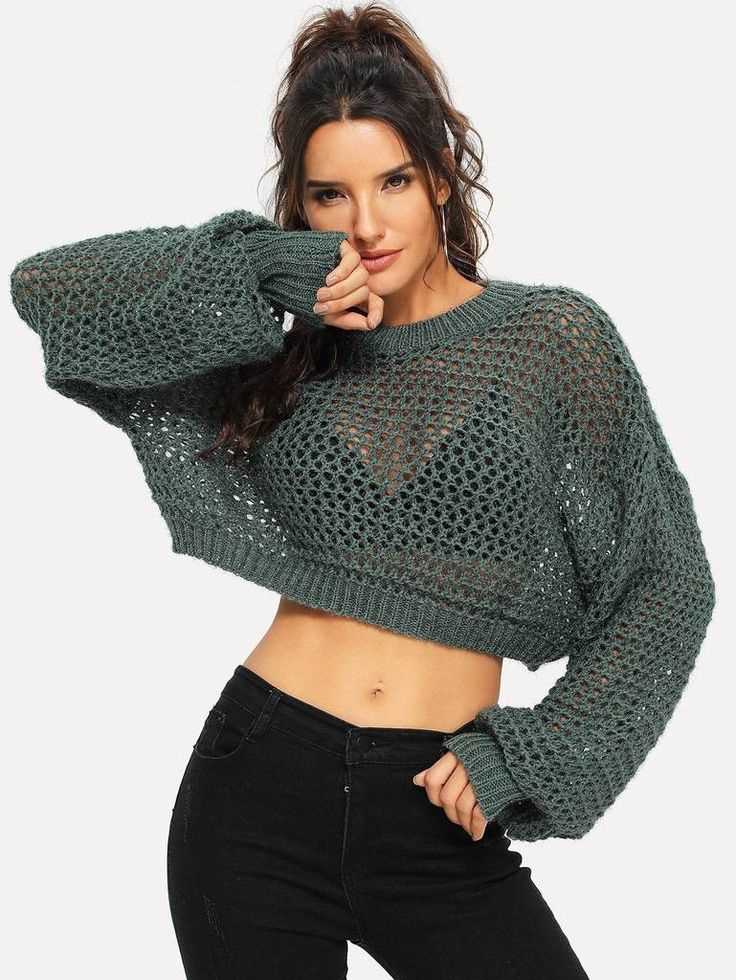
Knitting a loose knit top can be a fun and rewarding project. Whether you are a beginner or an experienced knitter, it’s always helpful to have some tips and tricks to ensure that your project turns out beautifully. Here are some suggestions to help you create a successful loose knit top:
1. Choose the right yarn: Selecting the appropriate type of yarn is crucial for a loose knit top. Opt for a lightweight and breathable yarn that drapes well. Natural fibers like cotton, linen, or bamboo blends are perfect choices for a cool and comfortable top.
2. Check your gauge: Before starting your project, it’s important to knit a gauge swatch to ensure that you are using the right needle size and achieving the correct tension. This step will help prevent any unpleasant surprises with the fit of your top.
3. Use circular needles: Circular needles are ideal for knitting a loose knit top as they can accommodate a large number of stitches. They also allow you to try on your project as you go, ensuring a better fit. Plus, circular needles are more comfortable to work with for larger projects.
4. Blocking is essential: Don’t skip the blocking process! Blocking your finished top will help even out your stitches, relax the fabric, and provide a more professional finish. Follow the yarn manufacturer’s instructions for blocking to get the best results.
5. Take breaks and relax: Knitting a loose knit top can be time-consuming, so make sure to take breaks and relax your fingers and hands. This will help prevent strain and ensure that you enjoy the process from start to finish.
6. Embrace mistakes and learn from them: Mistakes happen, even to experienced knitters. Instead of getting frustrated, embrace them as learning opportunities. Use stitch markers, lifelines, and count your stitches regularly to catch any mistakes early on and fix them before they become major issues.
7. Enjoy the process: Knitting a loose knit top is not just about the final result, it’s about enjoying the journey. Take the time to appreciate the craftsmanship and the therapeutic benefits that knitting can provide. This mindset will ensure that your project turns out even more special.
By following these tips and tricks, you’ll be well on your way to creating a beautiful and successful loose knit top. Remember to have patience and enjoy the process, and you’ll end up with a garment that you’ll be proud to wear.